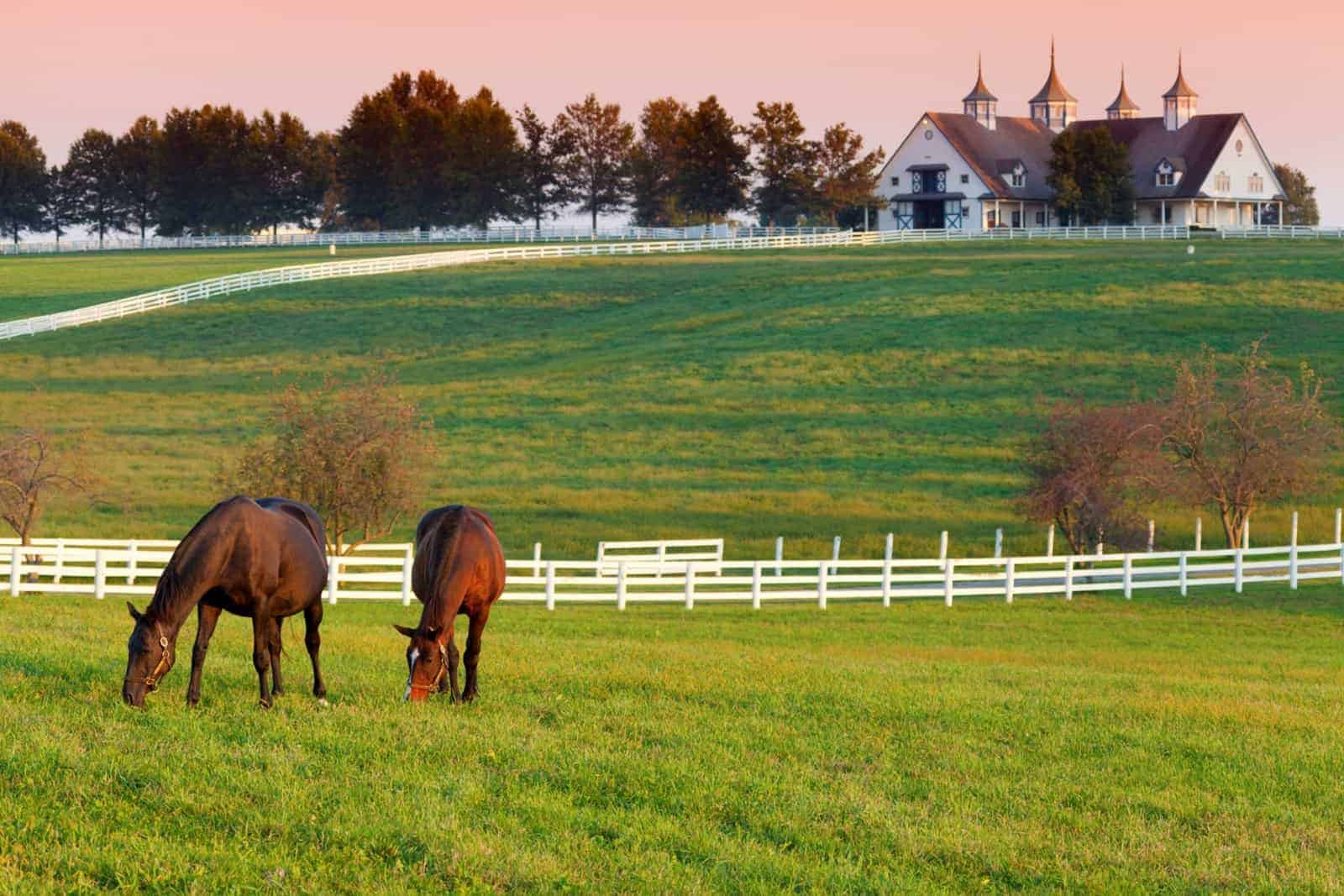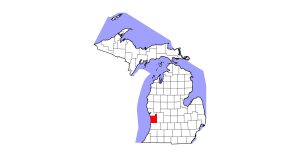Is Your Horse Enjoying the Good Life?

Most people wish for a good quality of life for themselves and their families, and people will go to extraordinary lengths to live their best life. But what about our horses? What is a good life for a domestic horse, who has little control over his environment and lifestyle, and how do we know we’re providing horses with what they need to enjoy a good quality of life?
Natalie Waran, PhD, professor of One Welfare at the Eastern Institute of Technology, in Hawke’s Bay, New Zealand, addressed these questions during a presentation at the International Society for Equitation Science’s virtual meeting in August.
“The concept of happiness has rarely been defined in animals, and the assessment of positive emotions in horses remains fairly objective due to the little research in the area,” she said. “Horse behavior is often interpreted based on anthropocentric beliefs, risking the use of inappropriate practices because the true emotional state of the horse is missed, misunderstood, or mishandled
Create a free account with TheHorse.com to view this content.
TheHorse.com is home to thousands of free articles about horse health care. In order to access some of our exclusive free content, you must be signed into TheHorse.com.
Start your free account today!
Already have an account?
and continue reading.

Written by:
Alexandra Beckstett
Related Articles
Stay on top of the most recent Horse Health news with















